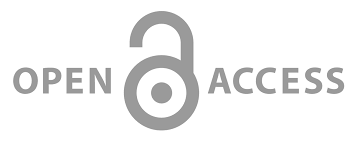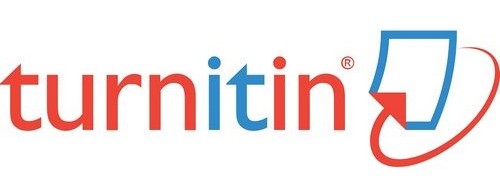ANALISIS PERBANDINGAN KINERJA LAPORAN KEUANGAN BANK SYARIAH INDONESIA (BSI) DENGAN MENGGUNAKAN PENDEKATAN INCOME STATEMENT DAN VALUE ADDED STATEMENT
Abstract
This research aims to find out the differences in ROA, ROE and NPM ratios using the Income Statement (Profit and Loss) and Value Added Statement (Added Value) approaches for 2021-2022. The research object is the Indonesian Sharia Bank Company (BSI). The results of research on bank performance using the Income Statement approach assess the average level of bank health with ROA categorized as PK-3 is quite healthy, while using the Value Added Statement approach with ROA categorized as PK-5 is very healthy. The conclusions from bank performance research using the Income Statement approach are that the average level of bank health with ROE categorized as PK-3 is quite healthy, while using the Value Added Statement approach with ROE categorized as PK-5 is very healthy. The conclusion of research on bank performance using the Income Statement approach is that the average level of bank health with NPM categorized as PK-4 is healthy, while using the Value Added Statement approach with NPM categorized as PK-5 is very healthy. The results of assessing the bank's health level can be seen from the performance values measured through ROA, ROE, and NPM where the added value is greater than the profit and loss, this very large difference in value is due to differences in theoretical philosophy between the accounting concepts stated in PSAK No. 101 with theories explained by sharia accounting experts.
Keywords: Bank Health, Profit and Loss Report, Value Added Report, ROA, ROE, NPM








